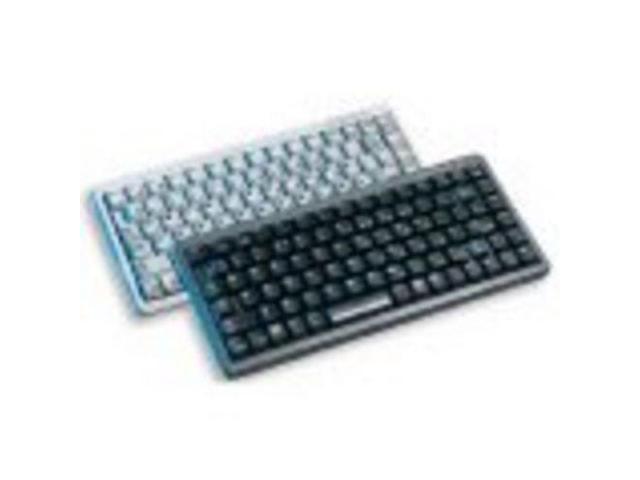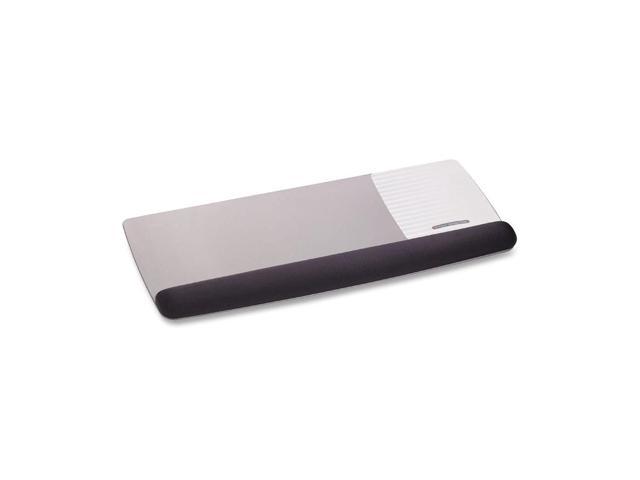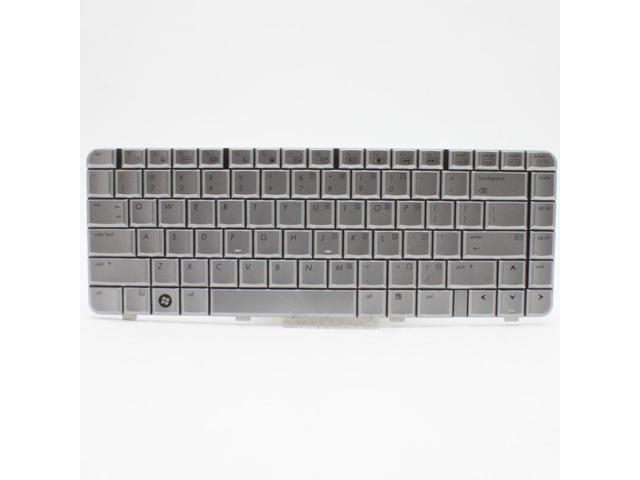Though incomplete at the time of his death in 1849, Chopin’’s Projet de methode was nonetheless revolutionary in many respects. But with his Fundamental Pattern, Chopin announced the recognition, if not discovery, of the keyboard’’s extraordinary topographical symmetry and postulated a coreformulation for a new “pianistic” pedagogy. More than a hundred years later the now-legendary Heinrich Neuhaus would passionately plead for this pedagogy and a pianism rooted in it.Natural Fingering explores this remarkable symmetry, significantly as it sheds light on fingering matters for the now vast catalogue of repertoire. It also examines the revolutionary impact of equal temperament on compositional key choice as well as the liberating influence of CharlesEschmann-Dumur’’s unique discoveries regarding symmetrical inversion.Principles for a topographically-based fingering strategy are developed that reflect a surprising compatibility of this fixed symmetrical organization with the most efficient biokinetic capabilities of the pianist’’s playing mechanism. Previously neglected or overlooked technical aspects of pianismare addressed as they relate to movement in keyboard space generally as well as fingering specifically.Symmetrical fingerings for all the fundamental forms are presented in innovative, instructive format. The reader will also find an unusually extensive, in-depth discussion of double note challenges. Answering Neuhaus’’s call for the reappraisal of a certain pedagogical status quo, several chaptersare devoted to the relevant implications of Chopin’’s Fundamental Pattern. The author also advances guidelines for a progressive implementation of natural fingering principles from the very start, as well as “retooling” for teachers and students alike. Of special note are the cross-hand major andminor scales for the earliest stages, in which the necessity of thumb under/hand over pivoting actions is eliminated.Natural Fingering is the first comprehensive discussion of fingering solutions for pianists since Hummel’’s monumental treatise of 1828. The book is complemented by a companion website where readers can access excerpts from the repertoire with fingering solutions, read extended discussions, anddownload comprehensive lists of scales with appropriate fingerings.















